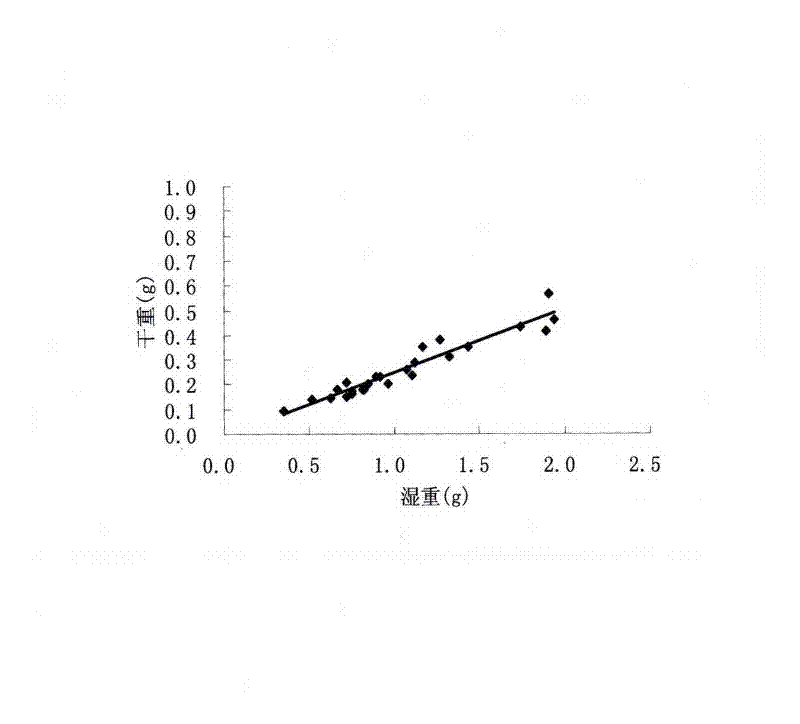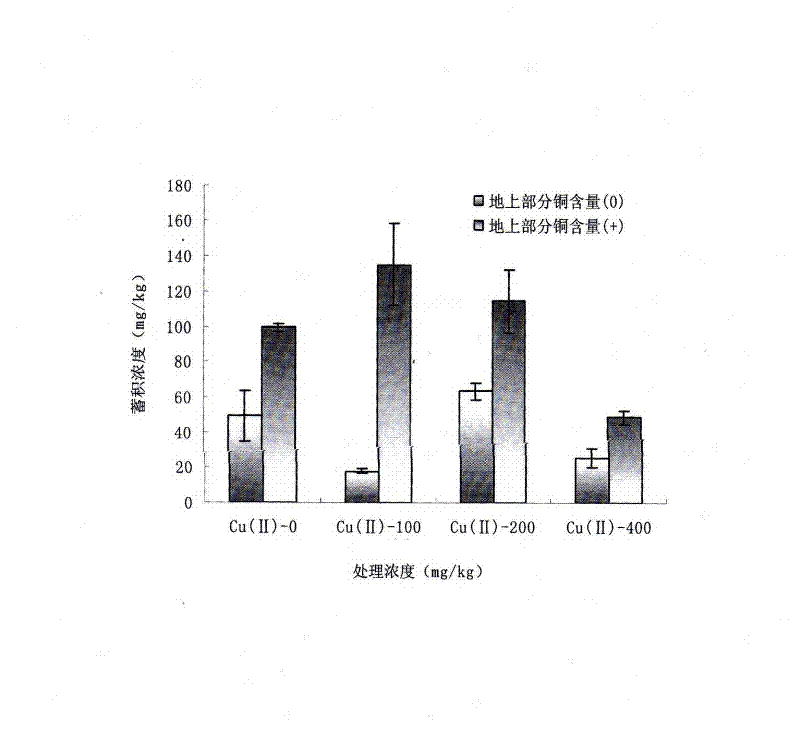In-situ bioremediation method of marine pollutant sedimentary environment
A marine pollution and bioremediation technology, applied in the field of environmental pollution control, to achieve the effect of improving efficiency and promoting bioavailability
- Summary
- Abstract
- Description
- Claims
- Application Information
AI Technical Summary
Problems solved by technology
Method used
Image
Examples
Embodiment 1
[0019] The 1,000-mu Shuangtaizi River Estuary in Panshan County, Liaoning Province, located in Liaodong Bay, is flat, close to the river mouth, can naturally receive tides for more than 4 times during high tides, is suitable for the growth of Suaeda salsa, and is rich in organic matter. The total organic carbon (TOC) content of tidal flats in the restored area varies with the seasons, ranging from 8.28 mg / g to 19.02 mg / g; the content of total phosphorus varies from 0.37 mg / g to 0.53 mg / g; the content of total nitrogen is 0.512 mg / g.
[0020] Build a 10 cm high dike at the lower limit of the above-mentioned restoration area; and mechanically plow the tidal flats in the long dike, and the soil loosening depth must be greater than 30 cm. In the middle of March of the following year, Suaeda salsa was artificially sown when the surface of the restoration area began to thaw, and the sowing density was 1kg / mu. When sowing, the beach surface temperature is 3°C, the bottom is 5cm, and...
example 2
[0037] Shuangtaizi River Estuary in Panshan County, Liaoning Province is located in the Liaodong Bay Tidal Flat surface 0-30cm sediment quality, the indicators are as follows: Ph=8.3, heavy metal copper 30.068mg / kg, cadmium 0.224mg / kg, lead 10.125mg / kg, zinc 42.765 mg / kg, 3.67% organic matter, 0.07% total nitrogen, used for heavy metal treatment test.
[0038] Apply fermented, sun-dried and ground livestock and poultry organic fertilizers through a 50-mesh sieve to the test soil. Weigh 0.5kg of air-dried and ground sediment into a plastic pot (diameter 10cm), according to the "Marine Sediment Quality Standard" (GB 18668-2002), respectively with CuSO 4 Add 0mg / kg, 100mg / kg, 200mg / kg, 400mg / kg divalent copper ions (Cu 2+), indoor dry-wet cultivation for 1 month, and after reaching equilibrium, transplant young Suaeda salsa plants with 6 true leaves (20 plants per pot), and insert 2 clam worms into each pot, with an average weight of 1.5g; The corresponding treatment without ac...
PUM
 Login to View More
Login to View More Abstract
Description
Claims
Application Information
 Login to View More
Login to View More - R&D
- Intellectual Property
- Life Sciences
- Materials
- Tech Scout
- Unparalleled Data Quality
- Higher Quality Content
- 60% Fewer Hallucinations
Browse by: Latest US Patents, China's latest patents, Technical Efficacy Thesaurus, Application Domain, Technology Topic, Popular Technical Reports.
© 2025 PatSnap. All rights reserved.Legal|Privacy policy|Modern Slavery Act Transparency Statement|Sitemap|About US| Contact US: help@patsnap.com



